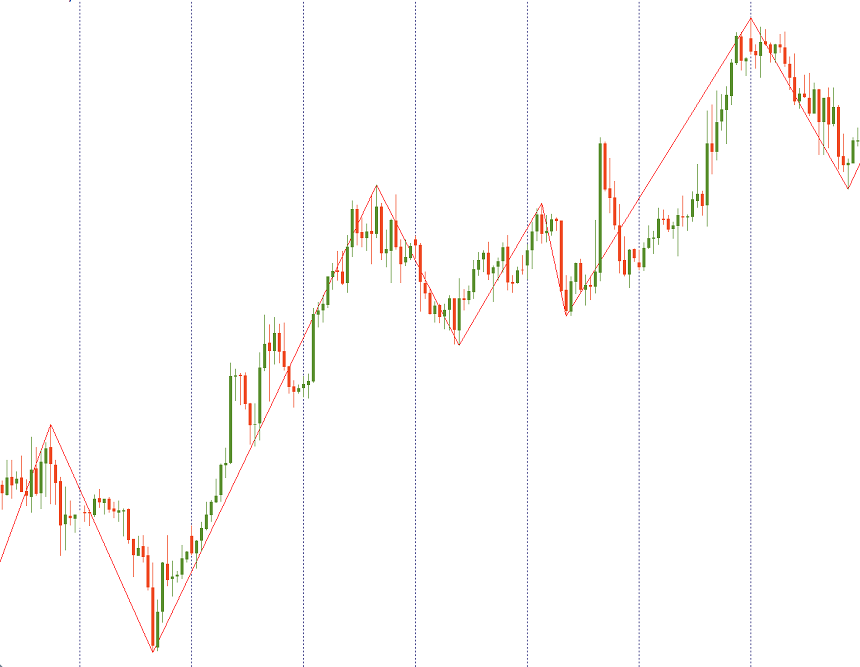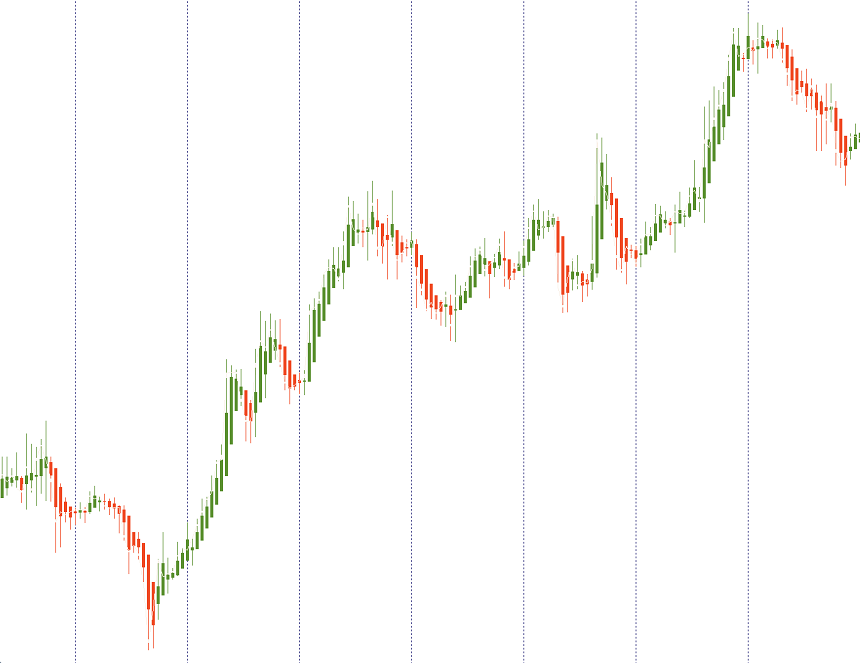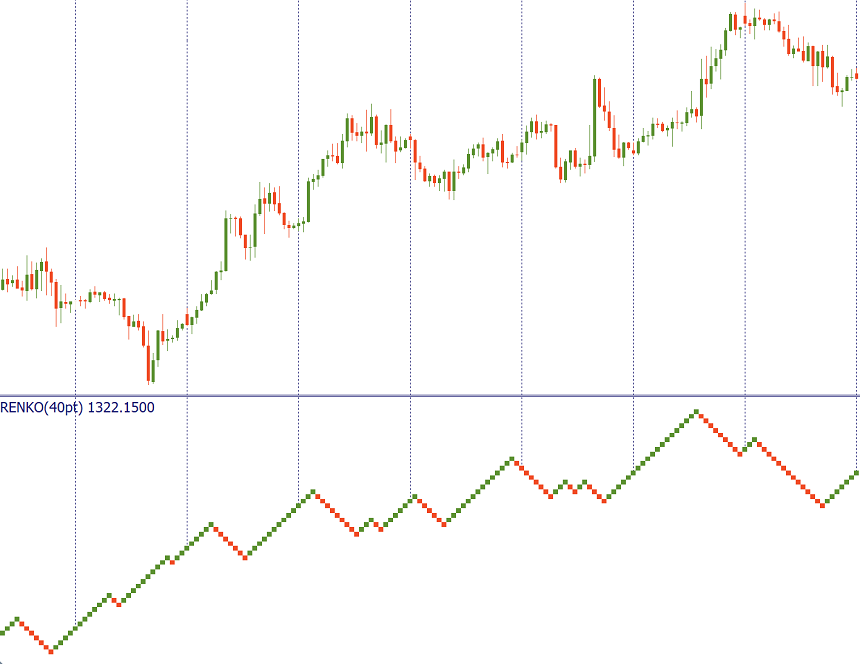Trading Accounts
Trading Conditions
Financials
CFD Trading instruments

Don’t waste your time – keep track of how NFP affects the US dollar!
The ASIC policy prohibits us from providing services to clients in your region. Are you already registered with FBS and want to continue working in your Personal area?
Personal areaInformation is not investment advice
The price chart doesn't move in a straight line. It usually happens that even if the price has a certain trend, it still makes a lot of small moves back and forth. Such moves occur naturally as large positions are opened and closed at the interbank market.
When you open a trade, the ideal situation is that your position quickly moves to profit. However, random fluctuations of the price — the so-called ‘noise’ — can lead you to a drawdown and even prematurely trigger your Stop Loss. In addition, market noise can also give you false trade signals.
A trader always aims to make the most precise entry in the market: the one that fits “buy low, sell high” principle and is not followed by a drawdown. To achieve this goal, it’s necessary to understand how to deal with the market noise. This is what we’ll explain in this tutorial.
If you look at a higher timeframe (for example, D1), you probably won’t see many of the price moves that can be observed at a lower timeframe (H1). As a result, if you see that smaller timeframes and intraday trading isn’t your cup of tea, consider switching to higher timeframes and increasing the period of your trades. How to choose a timeframe for trading
Trend trading is one of the most logical approaches to the Forex market. The minor corrections inside a trend and intraday volatility are considered to be the market noise in trend trading.
In order to reduce your exposure to market noise, do the following:
You may decide to trade on price action; combine Heiken Ashi with ADX; use ZigZag together with Bollinger Bands; go with Alexander Elder’s triple screen system that filters out signals through the use of multiple timeframes. There are many options to choose from! The main thing is to make sure that you use at least some tool to eliminate the market noise in your system.
There’s a number of technical indicators and tools which are designed to help traders disregard the false movements of the market and focus on the big swings that can offer a good profit.
Zigzag is an indicator that marks the significant price swings on the chart. The smaller fluctuations of the market that are below the indicator’s sensitivity threshold are not highlighted. Thus, Zigzag helps traders to see the general picture and make decisions on the basis of the true price dynamics. Here’s the special guidance for setting up ZigZag at your charts.

ZigZag is highlighting only the most important price swings
Heiken Ashi is a custom technical indicator that provides traders with a whole new type of the price chart. The indicator draws candlesticks that have a formula different from the traditional Japanese candlesticks. In particular, open and close prices are recalculated on the basis of averages. This tweak allows to disregard the market noise and get specific signals about a trend’s strength.

Heiken Ashi redraws Japanese candlesticks and smooths the chart
Renko is another alternative to the simple Japanese candlesticks chart. Its special feature is that it doesn’t take into account such parameter as ‘time’. A ‘brick’ is drawn at the Renko chart only when the price covers a certain distance up or down. As a result, a trader gets a unique opportunity to study the market from the point of the price's direction. The ability to choose the brick size allows to filter out the small insignificant fluctuations. Click here to learn more about Renko.

Renko chart provides unique insights into the price movements
Dealing with the market noise is the inevitable part of Forex trading. You should definitely be aware of this phenomenon as this way you will be able to avoid trading mistakes and improve the profitability of your trading strategy.